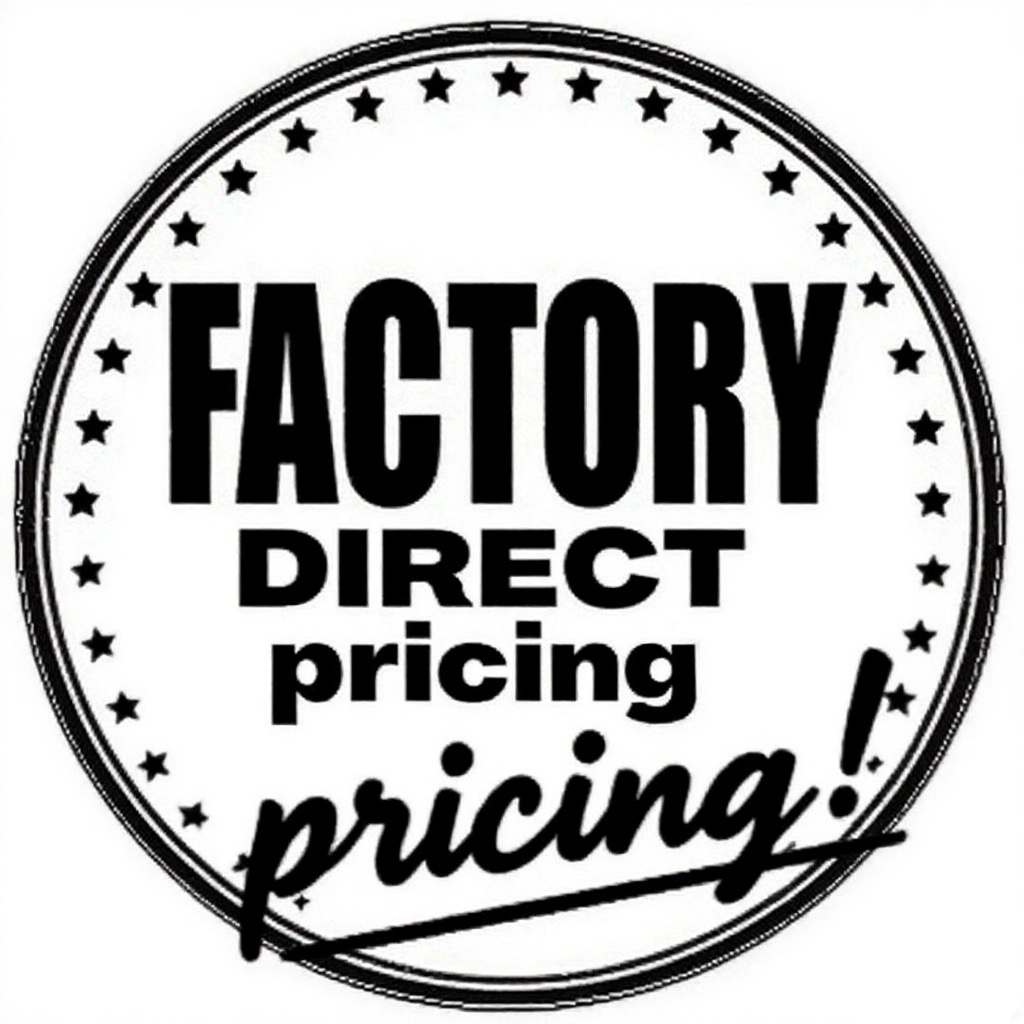Strategic Sourcing: A B2B Perspective on the Entire Bra Market Trends
Are you tired of the constant battle with unreliable suppliers and unpredictable costs? Sourcing bras in today's market is complex, and a price-only focus can lead to quality issues and missed opportunities.
A modern sourcing strategy must be value-driven, not just price-driven. B2B buyers should prioritize suppliers who offer technological innovation, verifiable sustainability, supply chain resilience, and a true collaborative partnership.
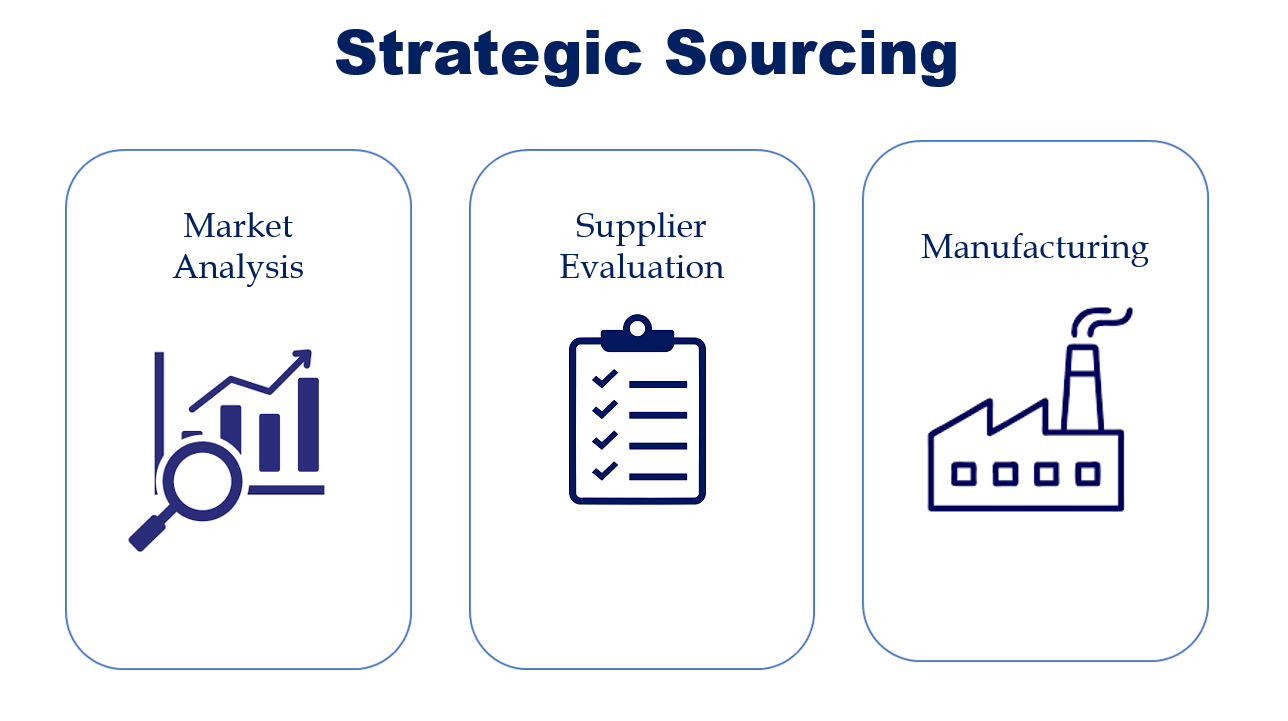
I deal with B2B buyers like you every single day. One of my long-term clients used to focus on one thing: getting the lowest possible unit price. He would jump between suppliers for a few cents' difference. But this led to constant headaches—delayed shipments, inconsistent quality, and communication breakdowns that cost him more in the long run. We sat down, and I showed him how a partnership approach works. By focusing on a reliable supply chain, consistent quality, and efficient production, we actually lowered his total cost of ownership and made his business more predictable and profitable. This shift in mindset is the key to thriving today.
What Does the Global Bra Market Landscape Really Look Like?
Does the fragmented global market leave you unsure where to focus your sourcing efforts? Betting on the wrong region or product segment can be a very expensive mistake for your business.
The global landscape is clear: Asia, led by China, dominates high-tech manufacturing, while North America and Europe drive demand for premium, specialized, and inclusive products. Success means matching the right production hub to your target market's specific demands.
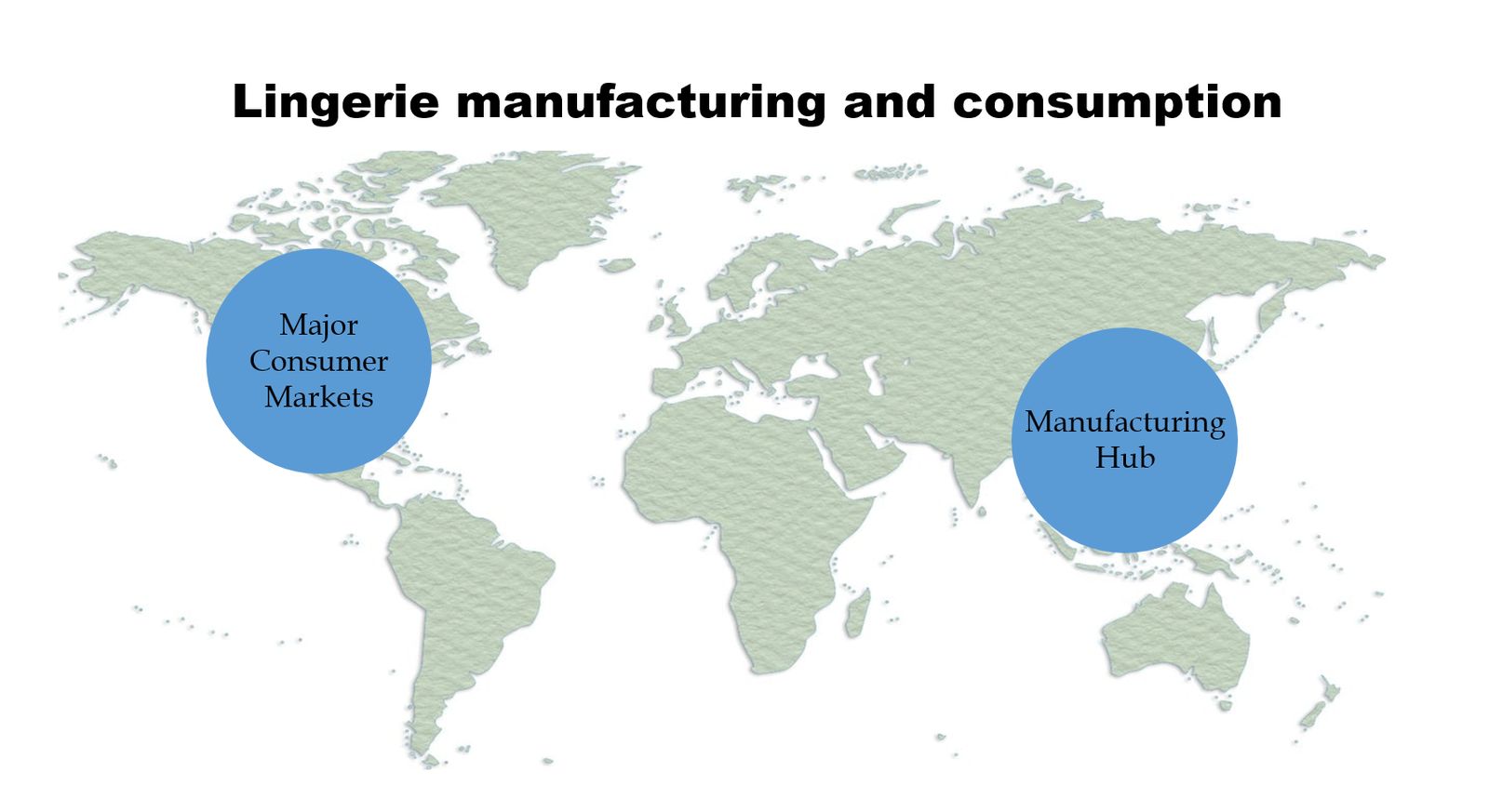
Understanding this global dynamic is the foundation of any smart sourcing strategy. It's not just about finding a factory; it's about finding the right factory in the right place for your specific brand needs.
Choosing Your Manufacturing Hub
The production landscape has clear leaders, each with unique strengths. China remains a powerhouse due to its advanced technology, skilled workforce, and incredible infrastructure. We can produce complex seamless, bonded, and traditional stitched bras with high efficiency and speed. Other countries like Vietnam and Bangladesh offer lower labor costs, which can be attractive for very large orders of basic styles. However, buyers should be aware of potential trade-offs in technology, lead times, and infrastructure.
| Region | Key Strengths | Potential Challenges | Best For |
|---|---|---|---|
| China | Advanced Technology (Seamless, Bonded), Speed, Full Supply Chain | Higher Labor Costs | High-quality, technically complex, and customized products with fast turnarounds. |
| Vietnam | Competitive Labor Costs, Growing Infrastructure | Less Technological Diversity | Large volume orders of established, less complex styles. |
| Bangladesh | Very Low Labor Costs | Infrastructure & Logistic Hurdles | High-volume, basic-style bras where price is the primary driver. |
For brands in North America and Europe, the demand is clear: they want quality, certifications like OEKO-TEX®, and proof of ethical production. This is where a technologically advanced and compliant partner in China provides the most value.
What Key Drivers Are Shaping Demand Across Bra Segments?
Are you worried that last year's best-selling bra style will become this year's dead stock? Customer tastes change quickly, and failing to adapt means losing sales to more agile competitors.
The market is overwhelmingly driven by the demand for comfort. This translates into the rapid growth of wireless bralettes, seamless styles, and athleisure-inspired designs. Inclusivity in sizing and skin tones is also a non-negotiable factor for modern consumers.

For over 20 years, I've watched trends come and go, but the shift we're seeing now is fundamental. It's a complete redefinition of what women want from a bra.
The New Essentials
First and foremost, comfort is king. The days of women tolerating uncomfortable, heavily padded push-up bras for daily wear are fading. The demand is for wireless styles, soft-cup bralettes, and seamless T-shirt bras made from ultra-soft materials like modal and microfiber. This is where our seamless knitting technology shines, as it creates a "second-skin" feel. Second, inclusivity is mandatory. This means two things: a wide range of sizes that cater to both petite and plus-size customers, and an expanded palette of "nude" shades that match a diverse spectrum of skin tones. Brands that still offer only one beige color are seen as outdated. Finally, the influence of athleisure is undeniable. The comfort and sporty look of a sports bra are now expected in everyday bras, leading to designs with wider bands and softer, moisture-wicking fabrics.
How Can You Overcome Sourcing Challenges Like Costs and Supplier Reliability?
Are rising material costs, unpredictable shipping delays, and poor supplier communication killing your profit margins? These operational failures directly threaten your business's stability and reputation.
Overcome these challenges by choosing a strategic partner, not just a low-cost vendor. A reliable manufacturer offers transparent pricing, strong project management for on-time delivery, and verifiable certifications to build trust.
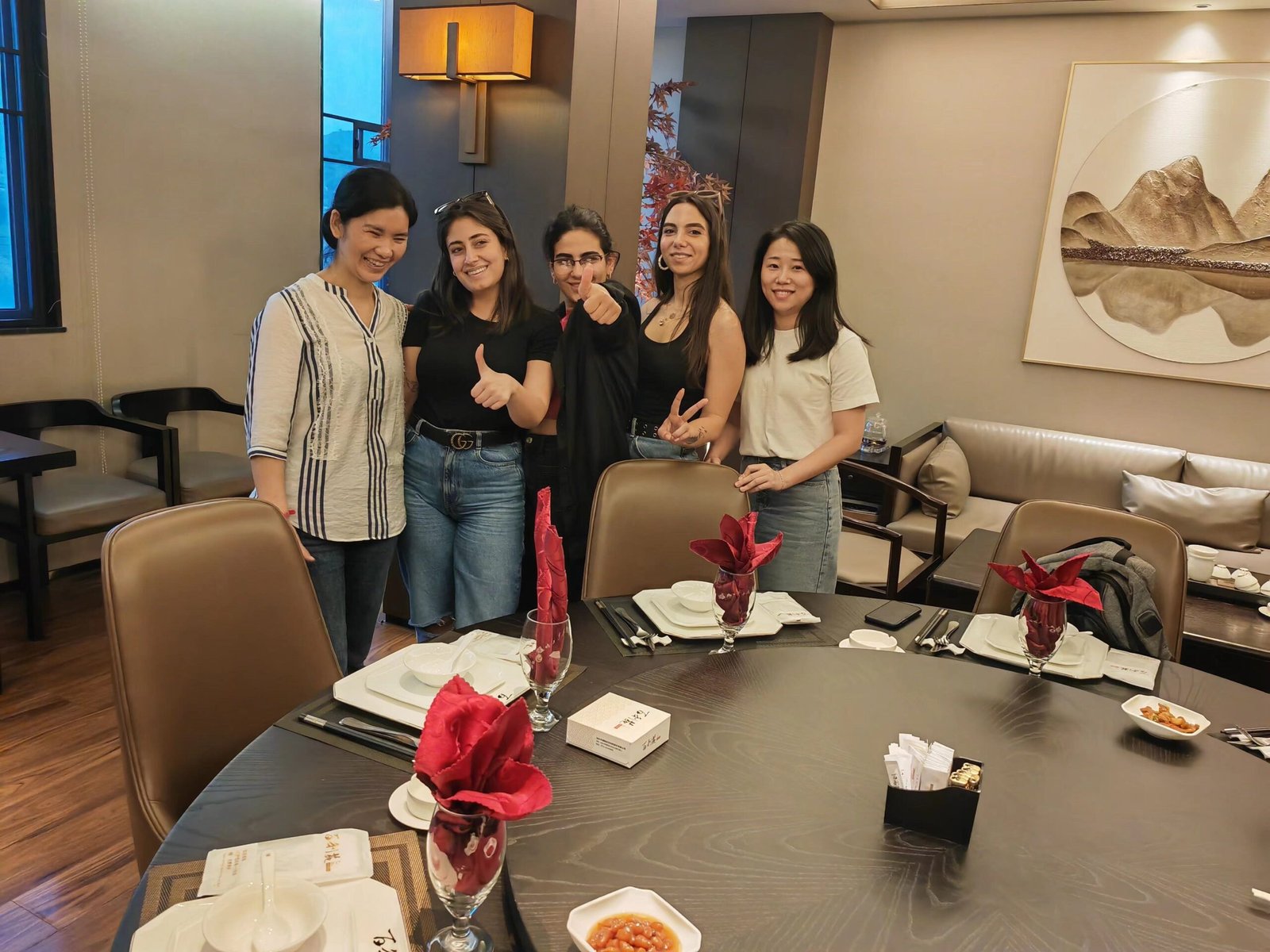
This is the pain point I hear about most often from new clients. The frustration from being let down by a supplier is a huge drain on their business. The solution isn't to find a cheaper supplier; it's to find a better one.
Building a Resilient Supply Chain
Let's talk about costs. Yes, raw material prices fluctuate. An experienced manufacturer like us can help mitigate this. We have long-term relationships with fabric mills, and our scale gives us purchasing power. We can also suggest alternative materials or construction techniques (like using adhesive bonding instead of stitching) to meet your target price without sacrificing quality. Regarding lead times, this is all about process. A one-stop service provider is crucial. We handle everything from design assistance and fabric sourcing to prototyping (in 7-10 days) and bulk production. This integrated approach eliminates the delays that happen when you're coordinating multiple different suppliers. Finally, reliability comes down to communication and proof. Does your supplier have a dedicated, English-speaking account manager? Can they provide real, verifiable copies of their ISO 9001 (quality management) and BSCI (ethical audit) reports? A true partner is an open book.
Why Are Sustainability and Compliance Now Non-Negotiable?
Do you see "sustainability" as just a marketing buzzword you can ignore? This is a dangerous assumption. Ignoring compliance and ethical production can get your brand rejected by major retailers and modern consumers.
Sustainability and compliance are now essential for market access and brand trust. Retailers require certifications like OEKO-TEX® and BSCI, while consumers actively seek out brands that use eco-friendly materials and ethical production methods.
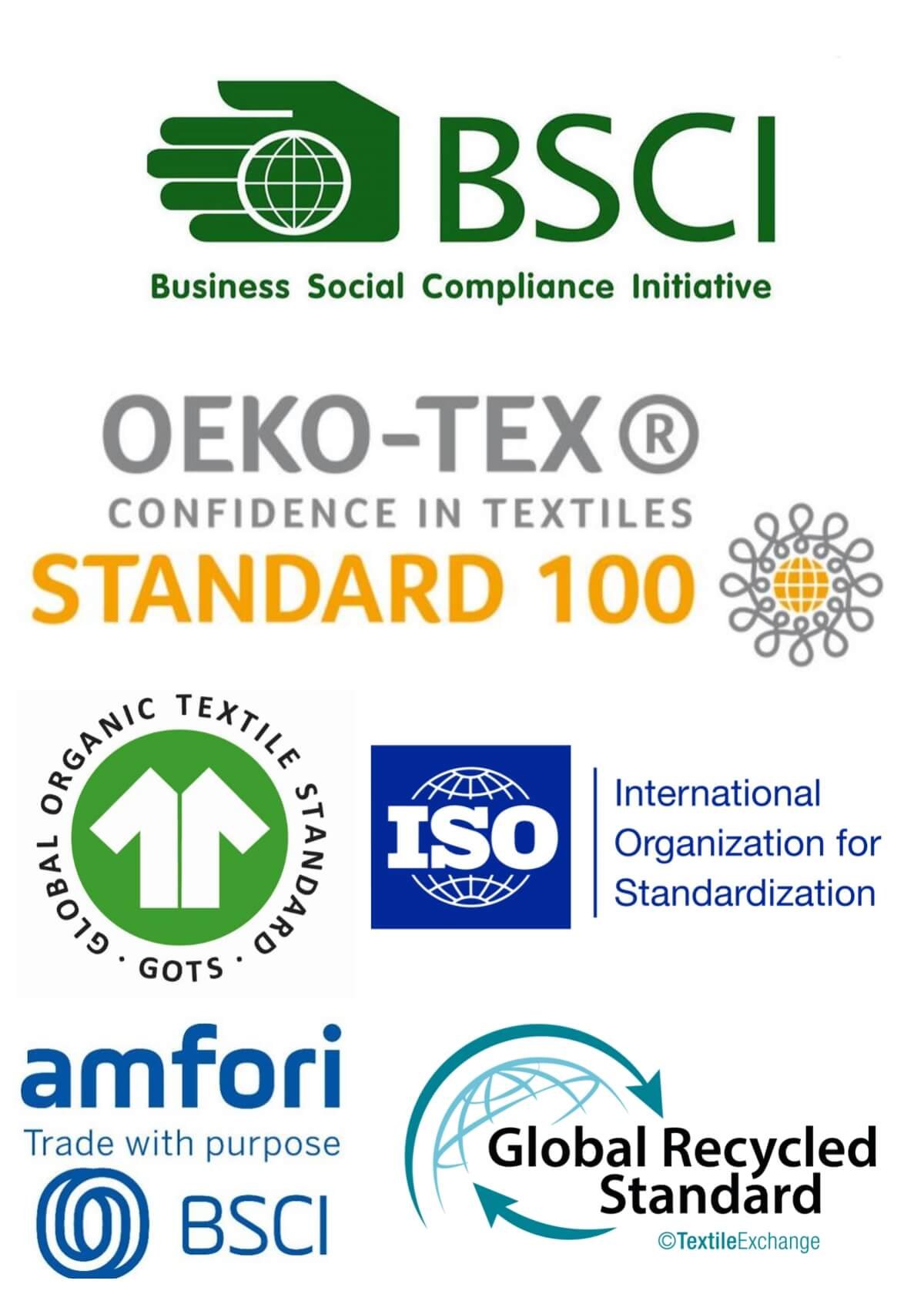
This is no longer a "nice to have" feature; it is a core requirement of doing business in the global apparel industry. For brands targeting Western markets, this is a topic you must address in your sourcing strategy.
The Business Case for Doing Good
There are two sides to this: product and process. For the product, material certifications are key. OEKO-TEX® Standard 100 is the absolute baseline. It guarantees that every component of the bra is free from harmful substances. For brands wanting to make an environmental claim, the Global Recycled Standard (GRS) is the proof you need to show your products are made with recycled materials. For the process, social compliance is critical. A BSCI (Business Social Compliance Initiative) audit is what major retailers look for to ensure the factory treats its workers fairly, pays legal wages, and provides a safe working environment. As a manufacturer, being "BSCI audit-ready" means we are prepared to meet these stringent standards. This protects your brand's reputation and ensures your supply chain is not at risk of disruption from non-compliance issues.
What Are the Emerging Opportunities in the Bra Market?
Does today's saturated and competitive bra market make it feel impossible to stand out? Believing you can't find a unique angle will stop you from growing your business effectively.
The biggest growth opportunities lie in leveraging new technology, using digital platforms for smarter sourcing, and offering high levels of customization with a low MOQ to serve profitable niche markets effectively.

For an ambitious brand, now is actually a very exciting time. New technology and business models are creating fantastic opportunities to connect with customers in new ways.
Standing Out in a Crowded Market
First, technology in the product itself is a key differentiator. At our factory, we have invested in three core techniques: traditional stitched, modern seamless, and cutting-edge adhesive (no-sew) bonding. Bonded bras are completely stitch-free, offering a level of comfort and invisibility under clothing that commands a premium price. Second, digital platforms have changed sourcing. You no longer need to travel to a dozen trade shows. Buyers like yourself can find, vet, and communicate directly with advanced factories like ours through Google or B2B platforms. This direct line of communication is faster and more transparent. Finally, the greatest opportunity is in customization. The old model of ordering 10,000 units of a single style is dying. We offer flexible MOQs (as low as 300-500 pieces per color), which allows you to test new designs, offer a wider range of sizes, or create a unique product for a specific niche market without a massive upfront investment.
Conclusion
Strategic sourcing is no longer about finding the lowest price. It's about finding a value-driven partner who delivers on technology, sustainability, and reliability to build a resilient and profitable brand.

